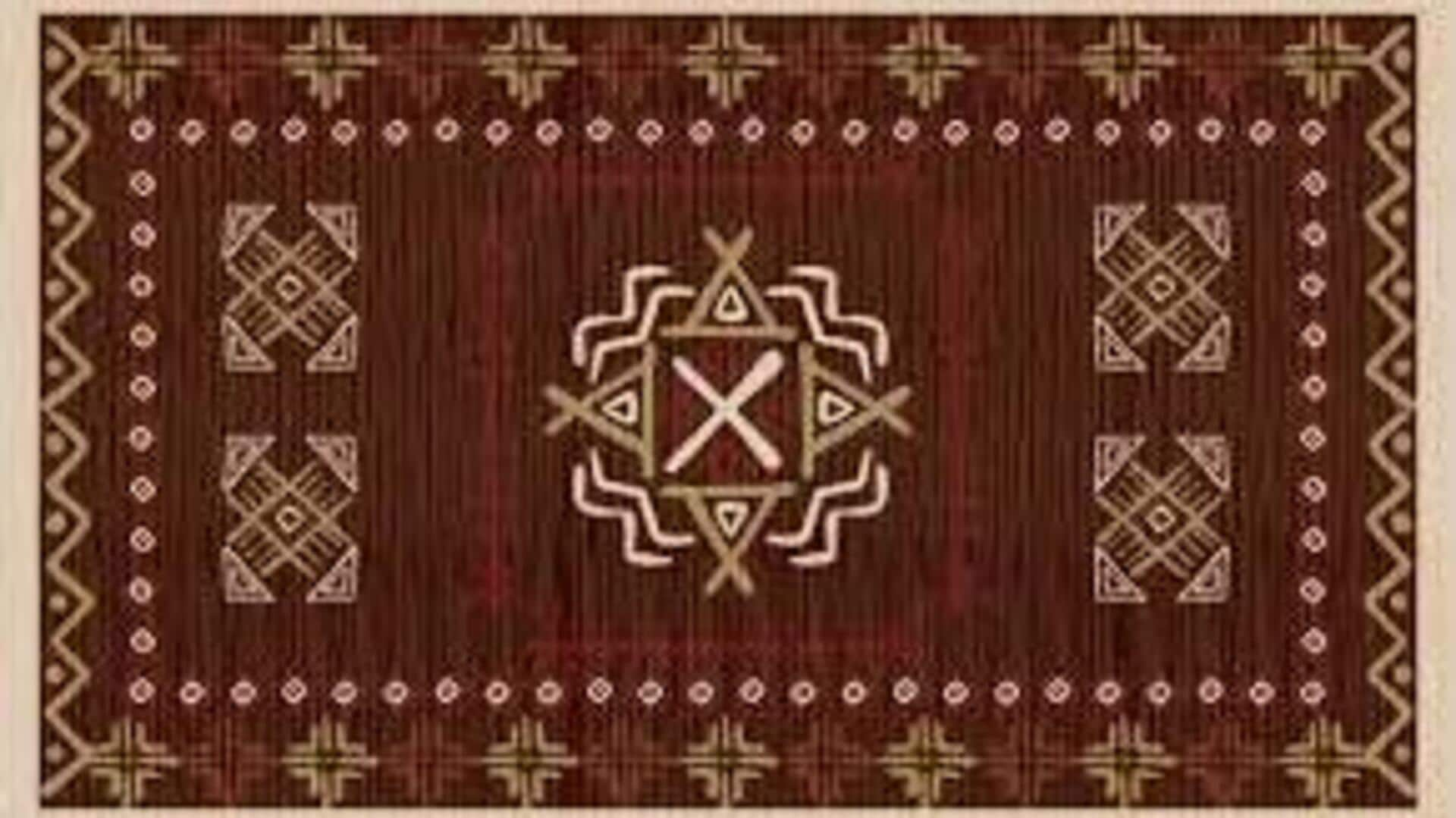
Mud cloth patterns: Meanings and cultural significance
What's the story
Mud cloth, or Bogolanfini, is a traditional fabric from Mali in West Africa. Using fermented mud and plant dyes, the distinctive textile is made to have intricate patterns on cotton cloth. Each design carries cultural significance, often telling stories or delivering messages. Making mud cloth is a labor-intensive process and requires skill passed down generations. Knowing these patterns gives a glimpse into the rich cultural heritage of African communities.
Craftsmanship
The art of creation
Creating mud cloth is a meticulous process. It begins with weaving cotton into strips and sewing them together. The cloth is then soaked in a dye bath of leaves before fermented mud is applied to make designs. Once the mud dries, it is washed off to unveil the pattern underneath. The process is repeated multiple times for depth and contrast in the design.
Cultural significance
Symbolic patterns
Each pattern on a piece of mud cloth carries meanings associated with history, social status, or personal stories. For instance, some symbols may depict protection/fertility, others may indicate the person's role in their community. These motifs aren't just pretty to look at, they also act as a mode of communication for those who understand them.
Contemporary use
Modern adaptations
While traditionally utilized for clothing and ceremonial purposes, mud cloth has made its way into modern fashion and interior design around the world. Designers incorporate these patterns into garments, accessories, and home decor items like pillows or wall hangings. This adaptation helps preserve the craft while introducing it to new audiences who appreciate its aesthetic appeal.
Cultural heritage
Preserving tradition
Amidst growing pressures of commercialization, artisans and cultural organizations are working towards preserving traditional ways of making mud cloth. Workshops and educational programs are being conducted to teach younger generations the importance of this art form in keeping the cultural identity alive, while reinventing it for modern-day use without losing its essence.